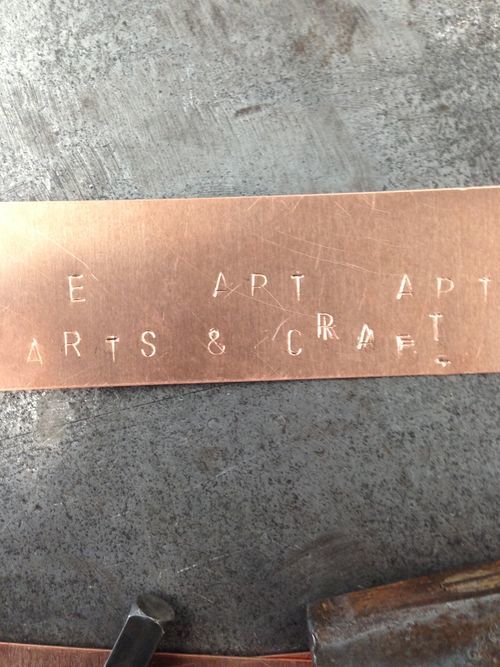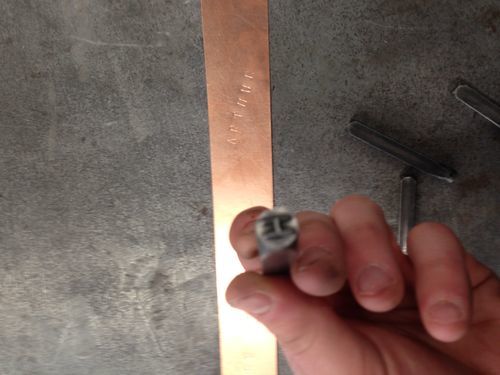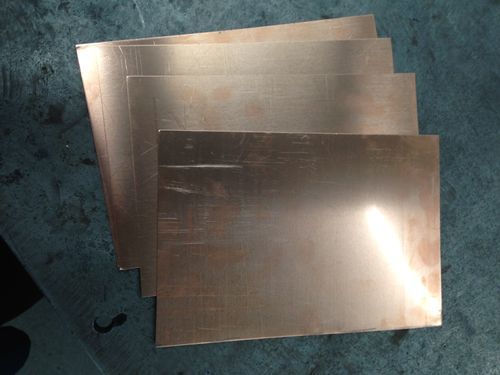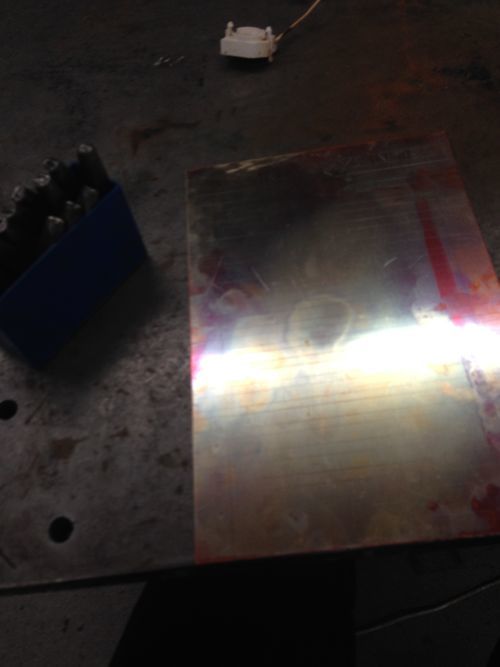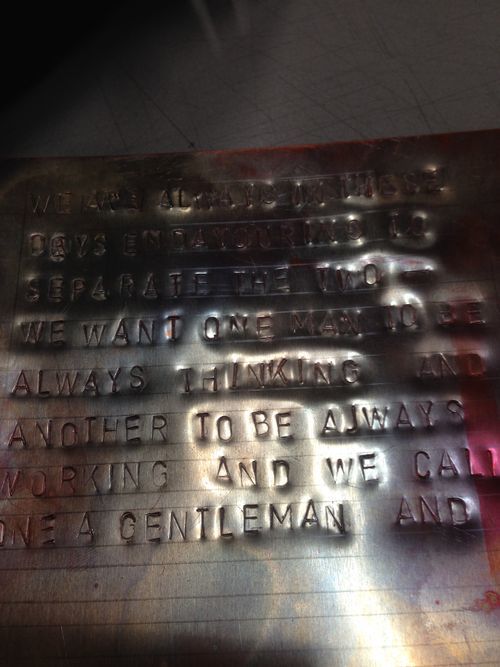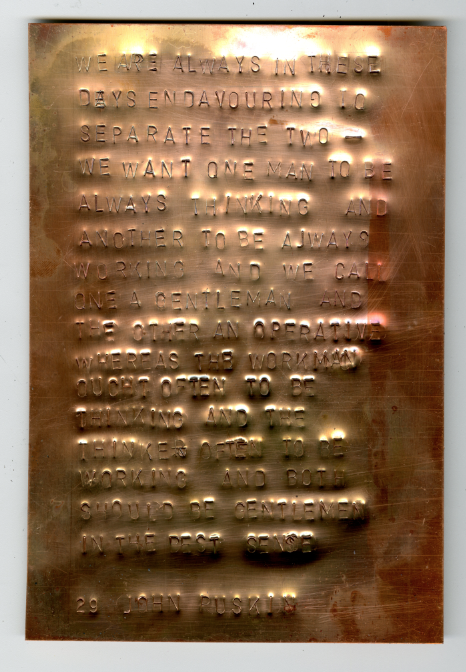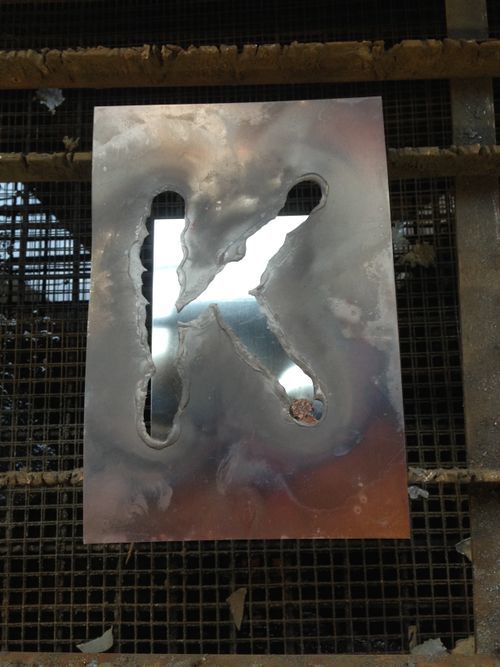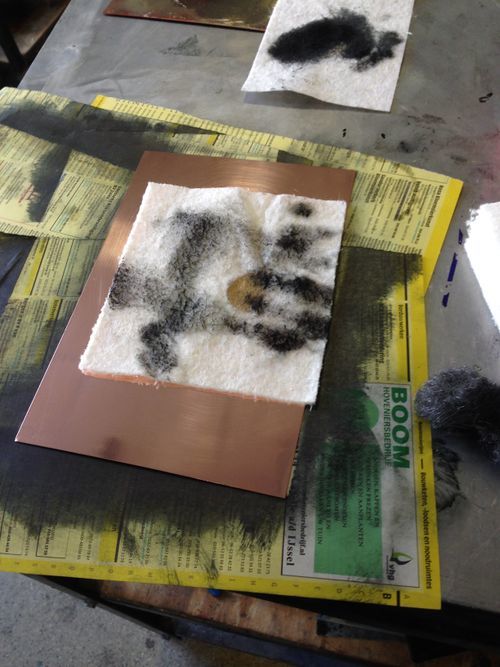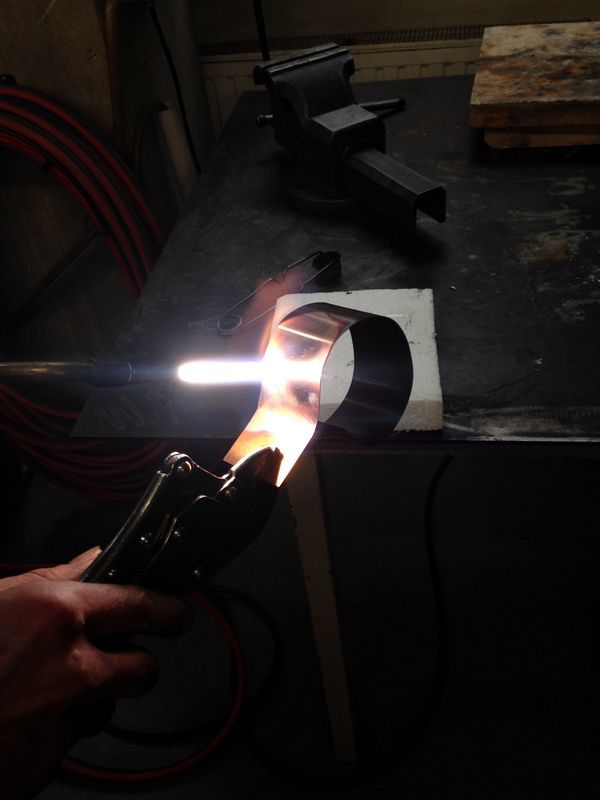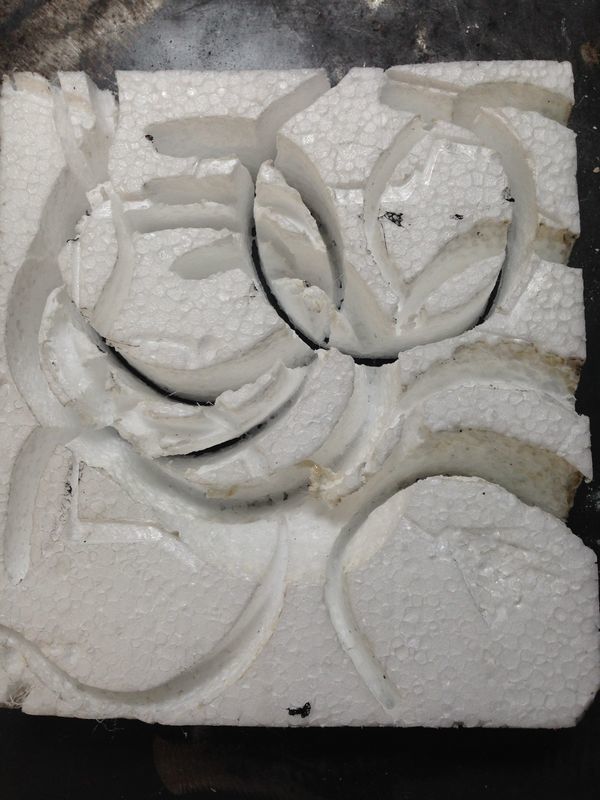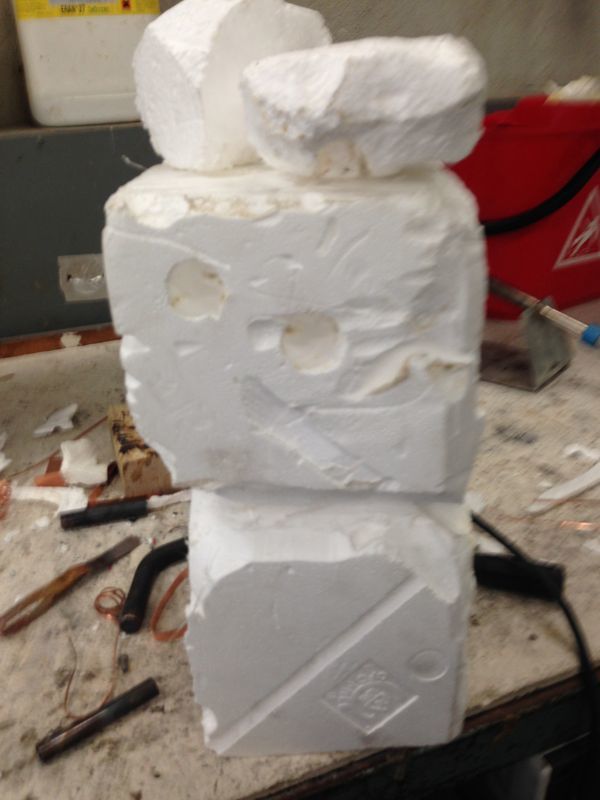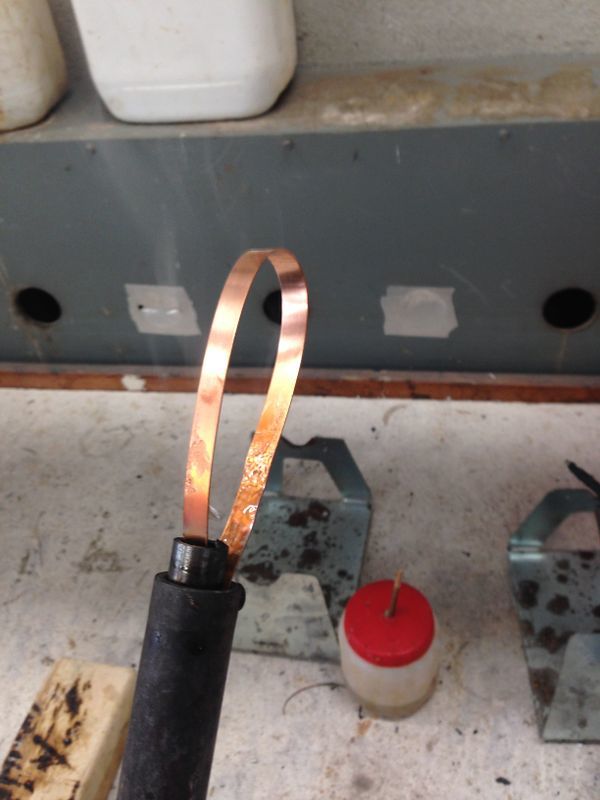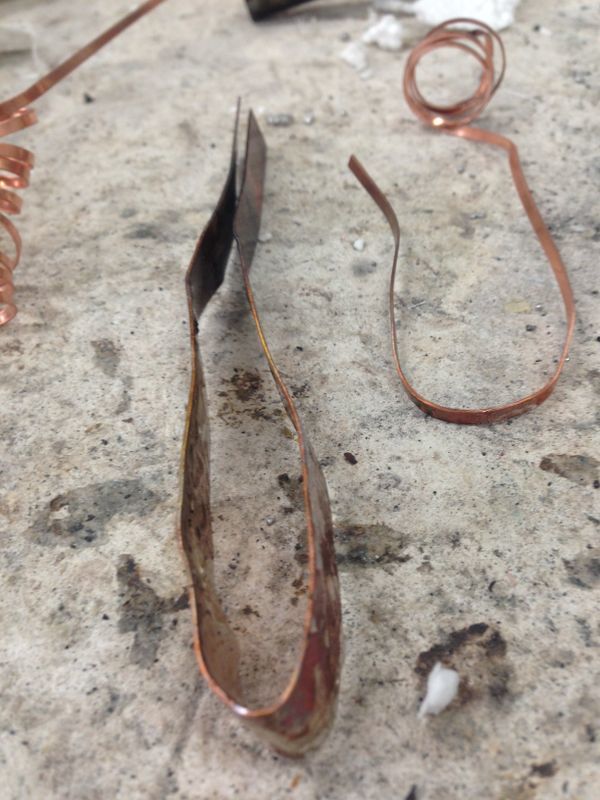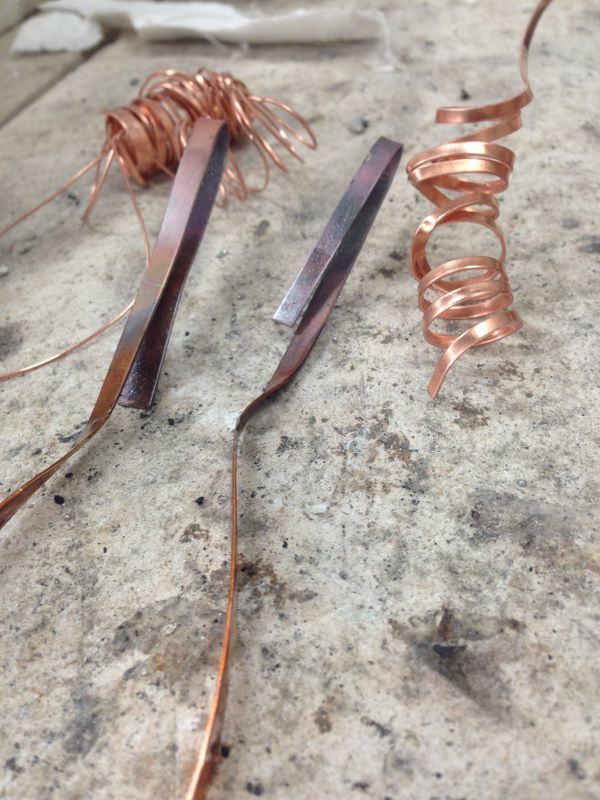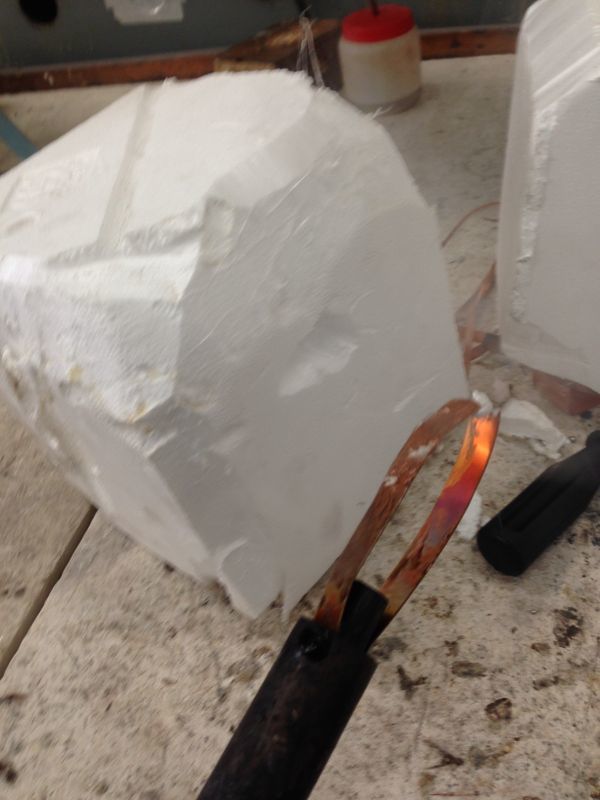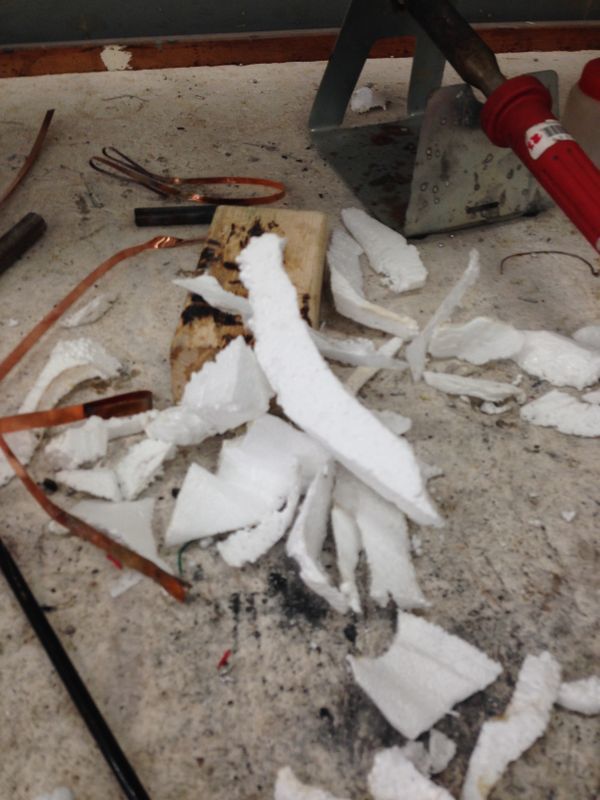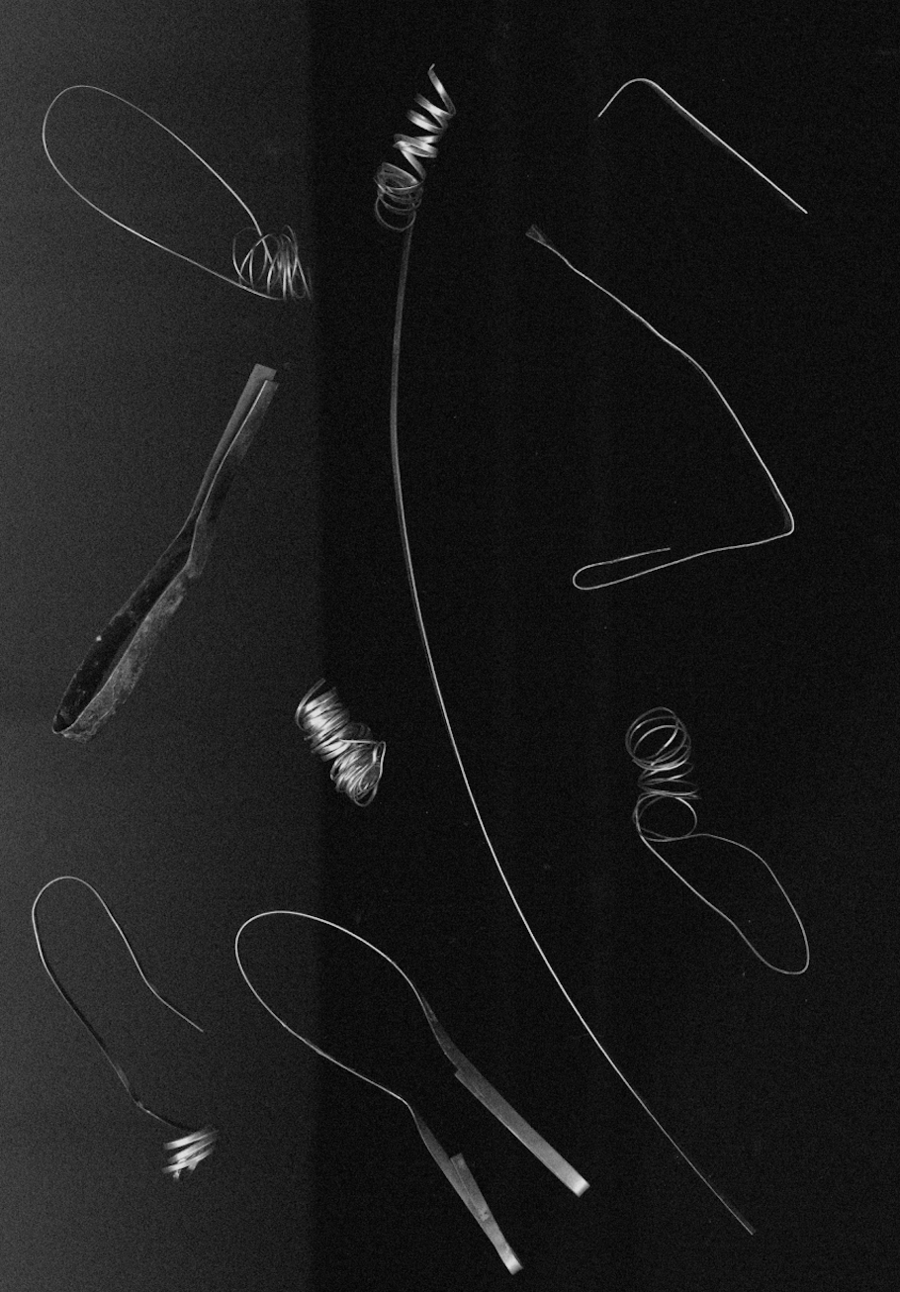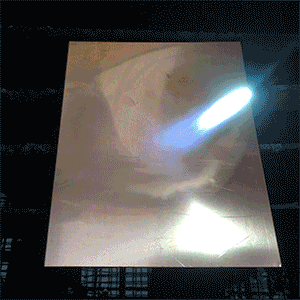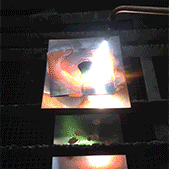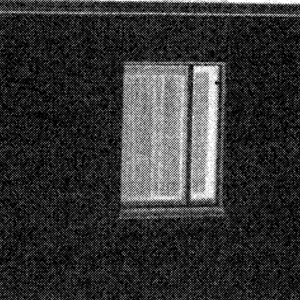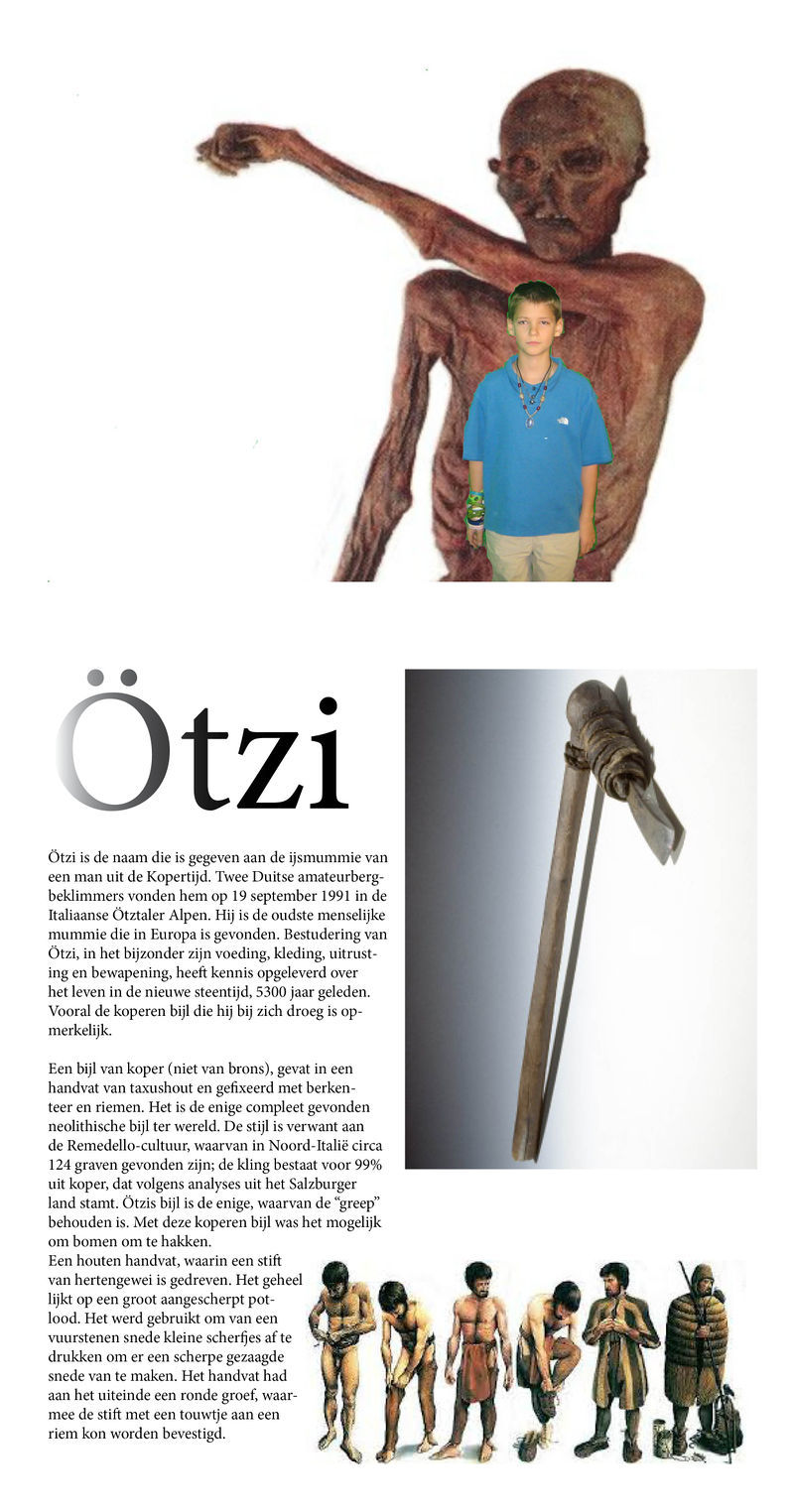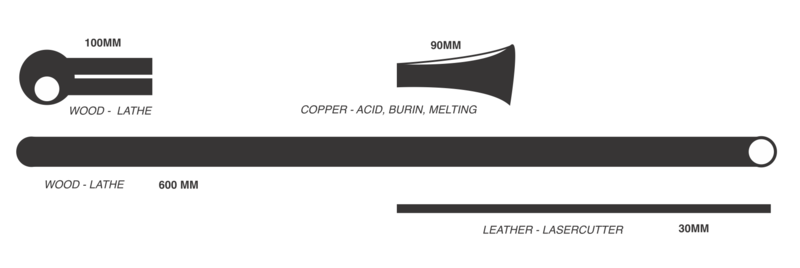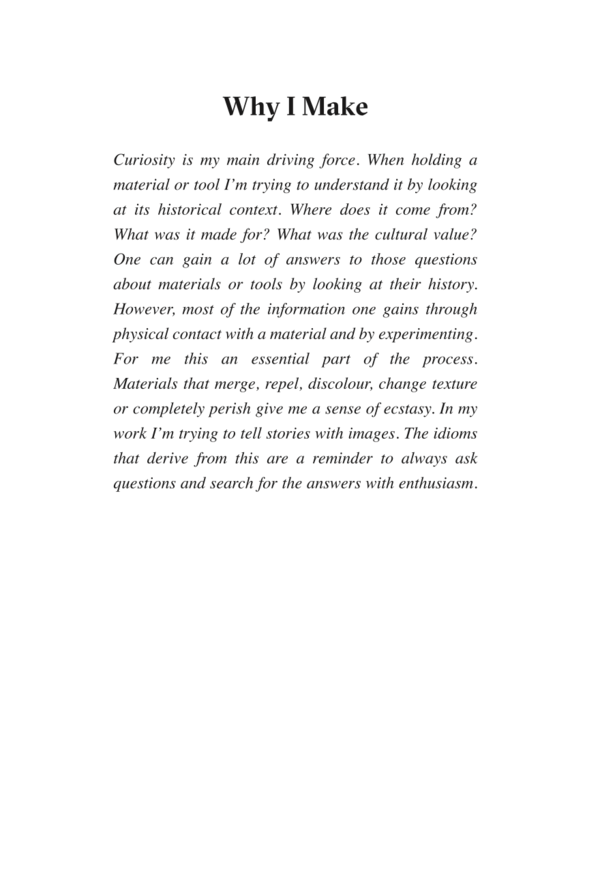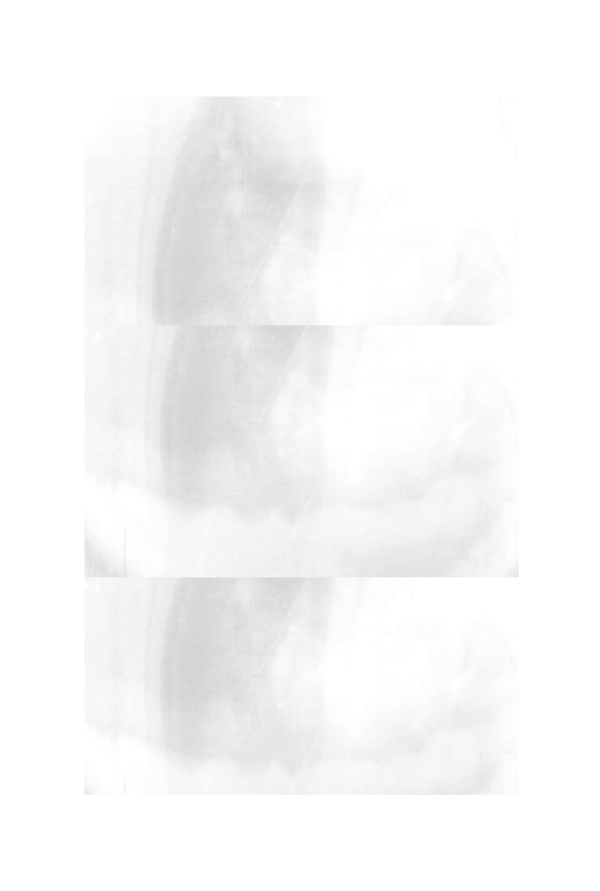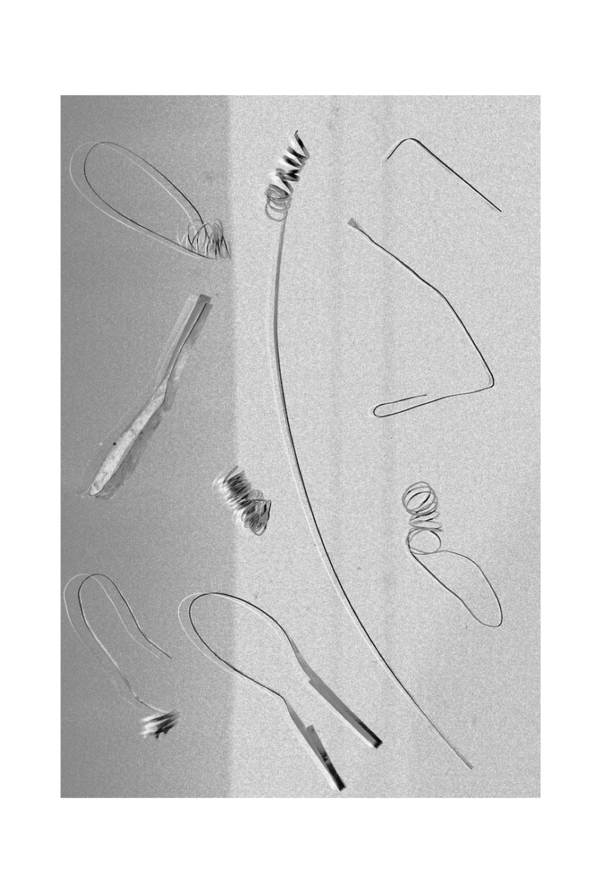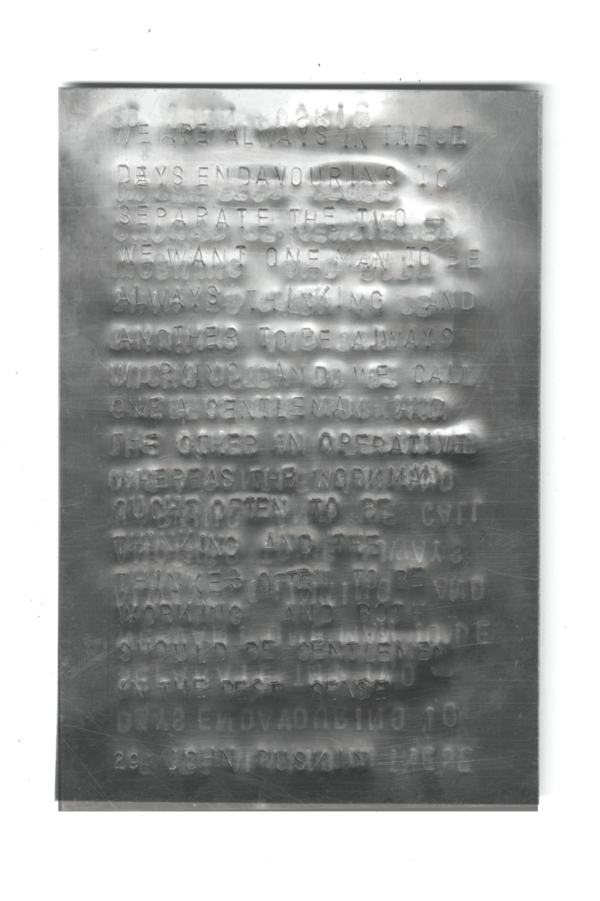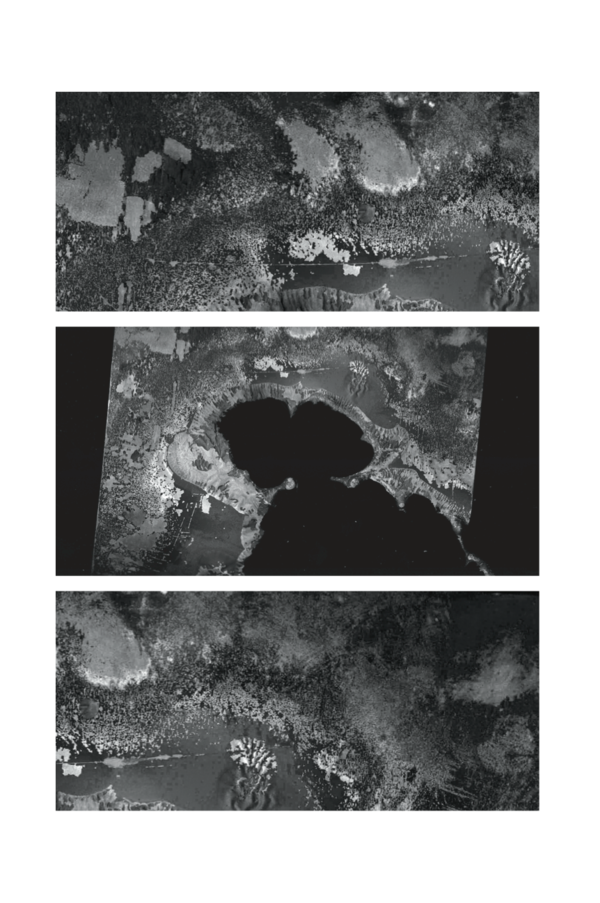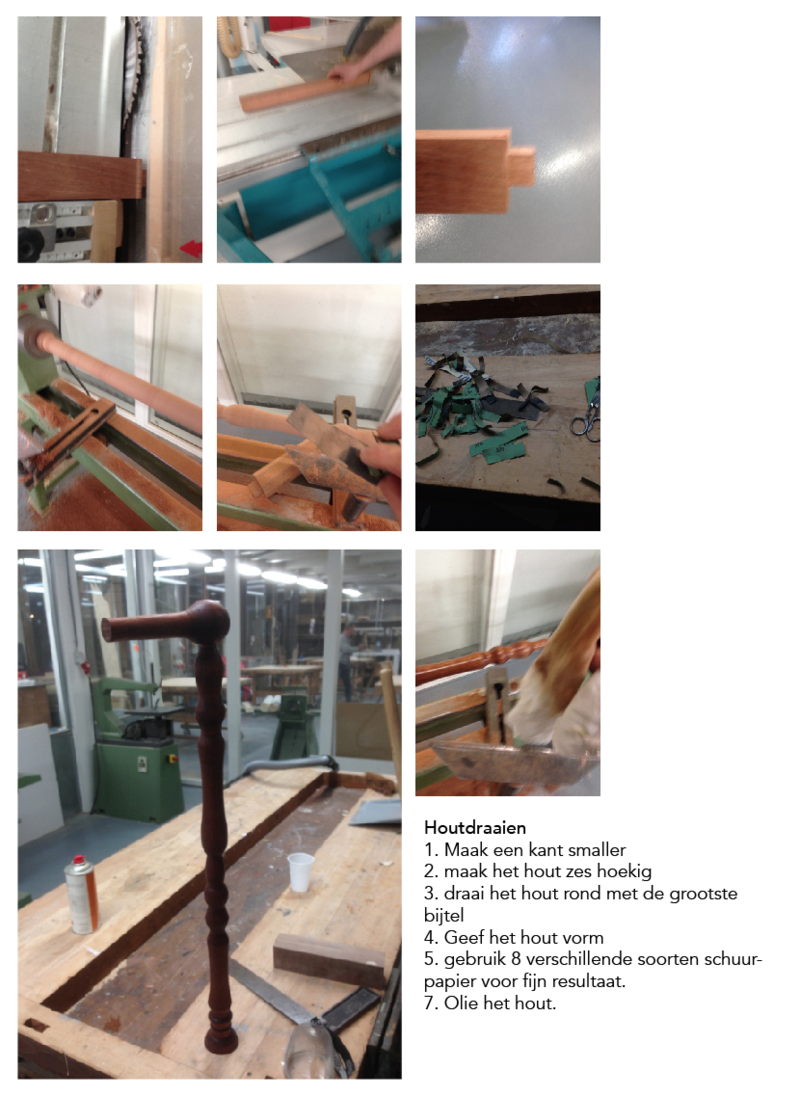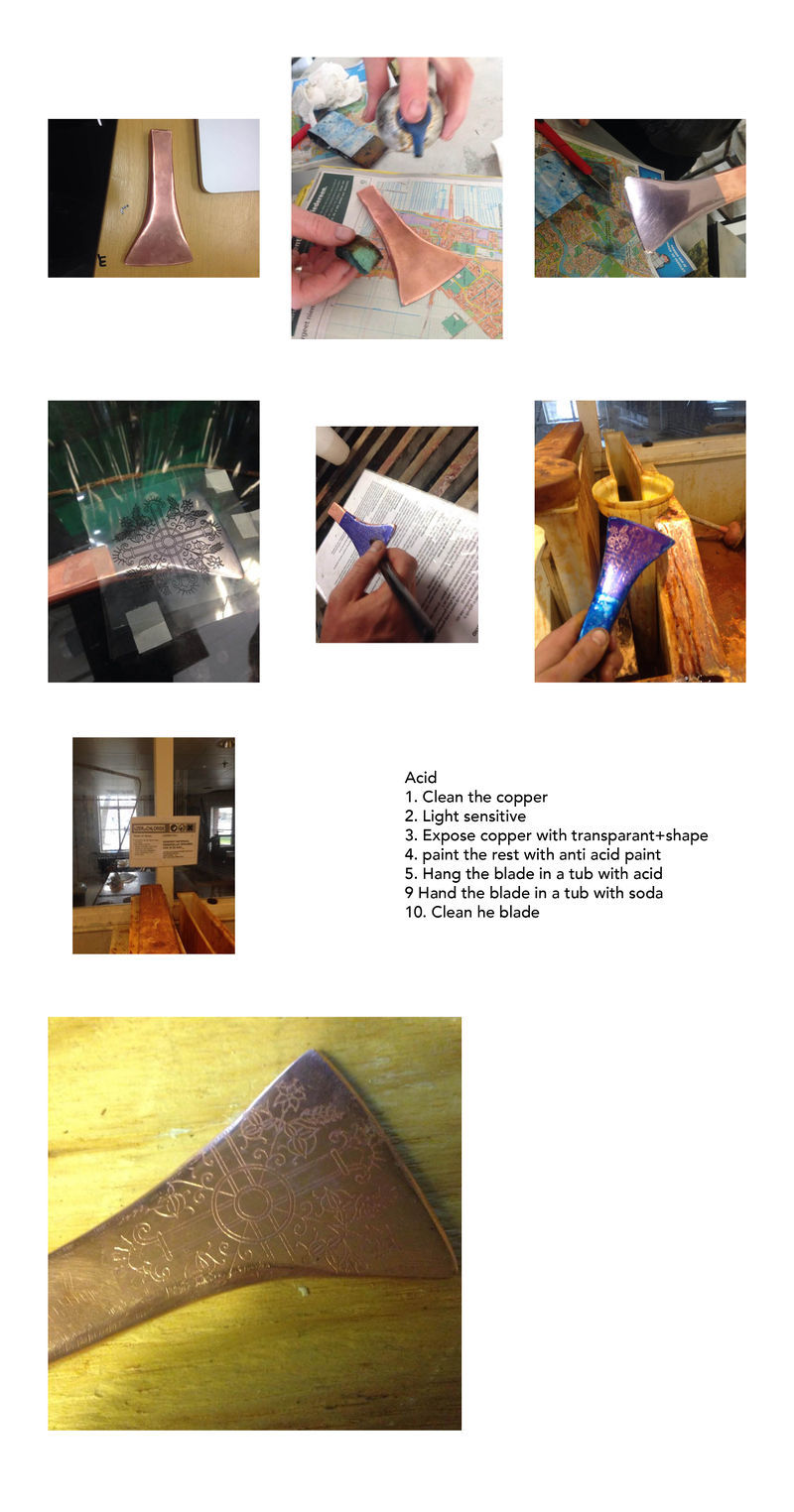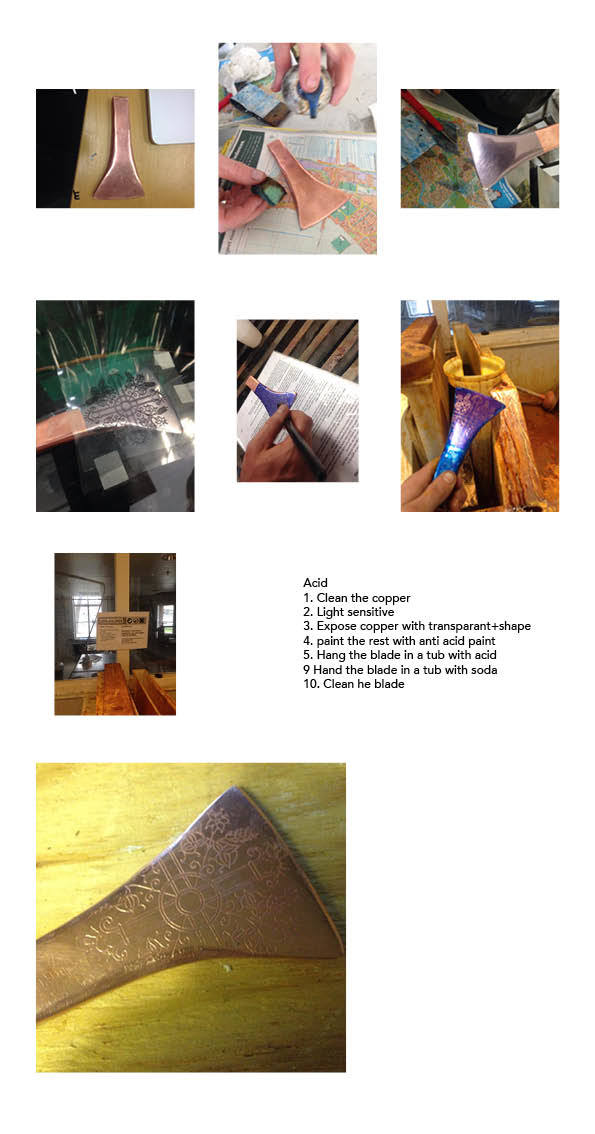User:Arthur Vince/PRACTICE RESEARCH
Contents
CARVING
Examples
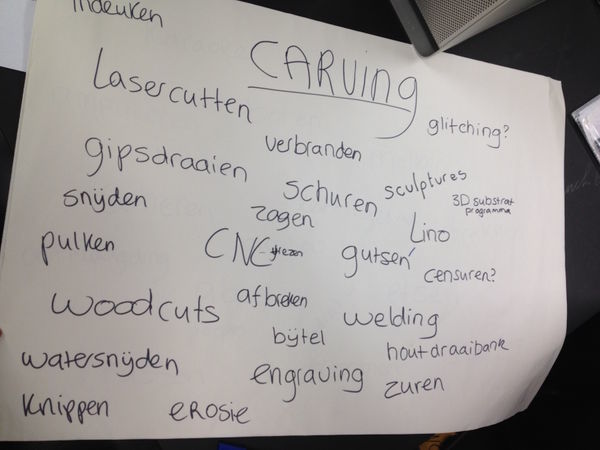
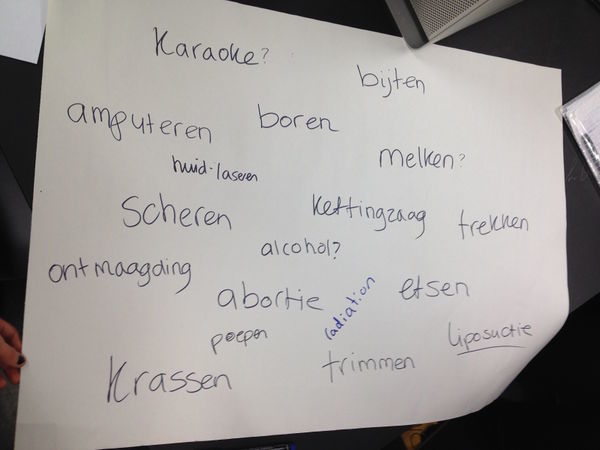

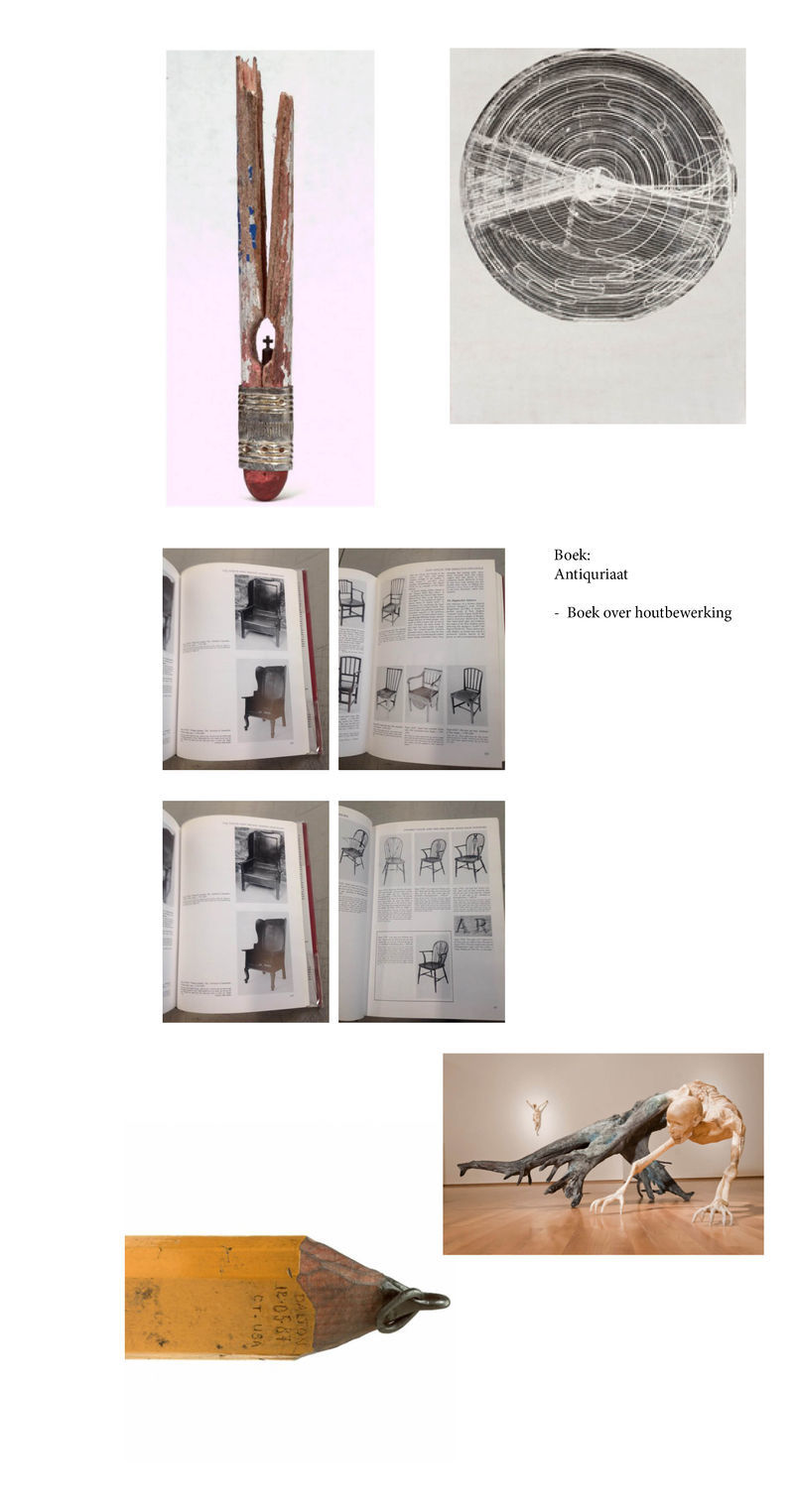
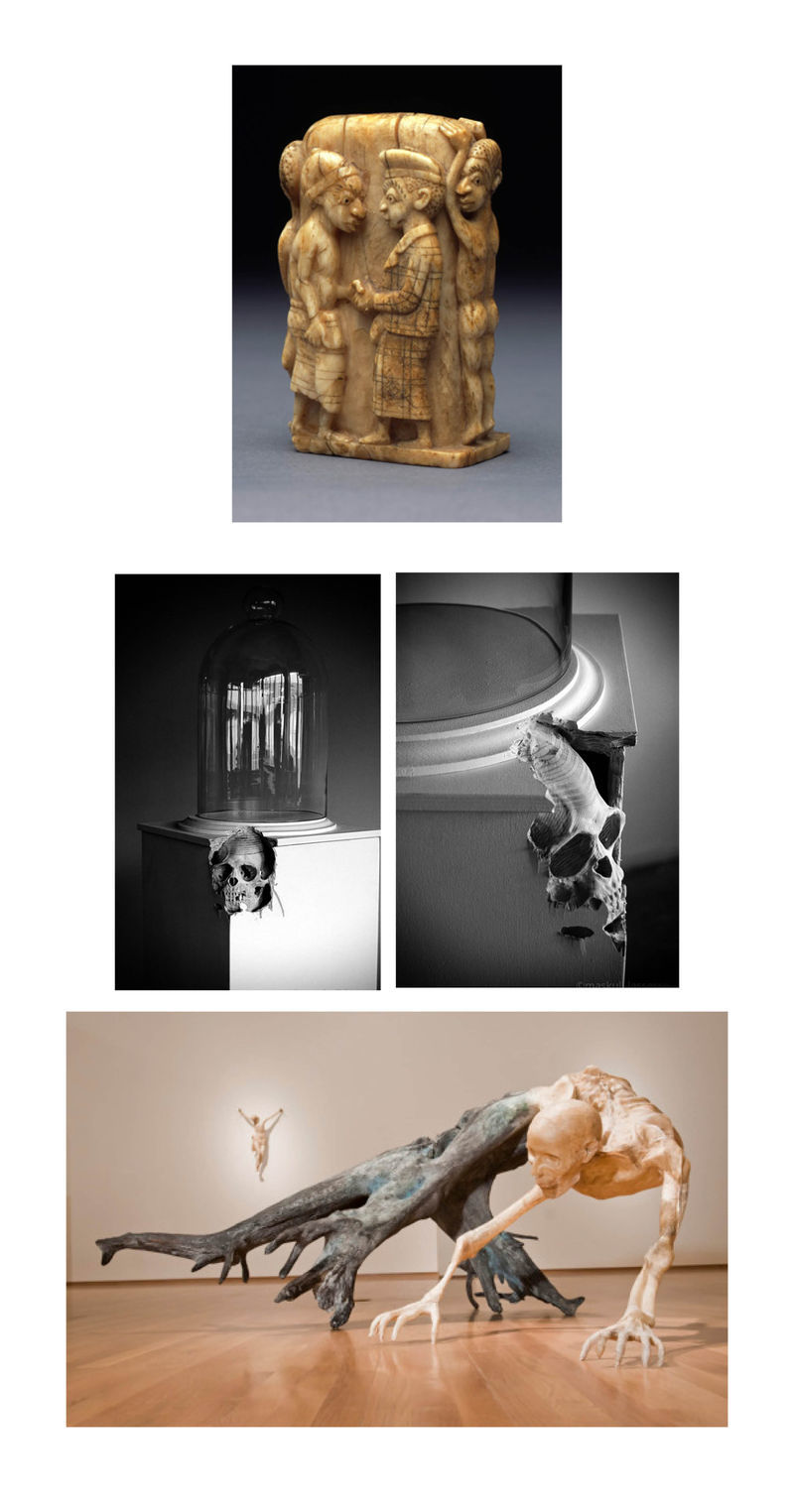 https://vimeo.com/21092461 - Carving
https://vimeo.com/21092461 - Carving
https://www.youtube.com/watch?v=4EVr-HnOKBY - Carving for Beginners
Historical Example
Comparative example
New skill
Pushed to the limit
While cutting styrofoam I did a lot of tests with different shaped to see which one i could work with the best. After the experiments I found out that for me the shapes of the copper tools was way more interesting than the smelly styofoam.
I decided to try new things out with copper and focus my research on the tool.
Copper
Tool
Understanding Media- Understanding Media: The Extensions of Man is a 1964 book by Marshall McLuhan,
Summary In Part One, McLuhan discusses the differences between hot and cool media and the ways that one medium translates the content of another medium. Briefly, "the content of a medium is always another medium."
In Part Two, McLuhan analyzes each medium (circa 1964) in a manner that exposes the form, rather than the content of each medium. In order, McLuhan covers The Spoken Word, The Written Word (as in a manuscript or incunabulum), Roads and Paper Routes, Numbers, Clothing, Housing, Money, Clocks, The Print (as in pictorial lithograph or woodcut), Comics, The Printed Word (as in Typography), Wheel, Bicycle and Airplane, The Photograph, The Press, Motorcar, Ads, Games, Telegraph, The Typewriter, The Telephone, The Phonograph, Movies, Radio, Television, Weapons, and Automation.
Throughout Understanding Media: The Extensions of Man, McLuhan uses historical quotes and anecdotes to probe the ways in which new forms of media change the perceptions of societies, with specific focus on the effects of each medium as opposed to the content that is transmitted by each medium. McLuhan identified two types of media: "hot" media and "cool" media. This terminology does not refer to the temperature or emotional intensity, nor some kind of classification, but to the degree of participation. Cool media are those that require high participation from users, due to their low definition (the receiver/user must fill in missing information). Since many senses may be used, they foster involvement. Conversely, hot media are low in audience participation due to their high resolution or definition. Film, for example, is defined as a hot medium, since in the context of a dark movie theater, the viewer is completely captivated, and one primary sense—visual—is filled in high definition. In contrast, television is a cool medium, since many other things may be going on and the viewer has to integrate all of the sounds and sights in the context.
DIGITAL CRAFT
During the minor Digital Craft I’ve dedicated my practice to ‘the experiment’. My aim was to work with techniques that were unfamiliar to me and to experiment with these as much as possible. Starting point was the overarching theme ‘carving’. In my first experiment I’ve mainly worked with wood - a material that is close to me and I love to work with. My main focus while doing the experiments was searching for new possibilities and techniques.
When I reflected on the experiments I noticed that I’d started with great enthusiasm but that it wasn’t really connected to the theme. Therefore, my research stayed on the surface and my work remained unfinalised.
During the experiment in which I used hot copper to cut styrofoam I’ve found out that I wasn’t interested in styrofoam as a material because of its shape, character and burnt smell. However, I did find myself interested in the tool: copper. I’d searched for several pieces of copper to find the right way of soldering and the shapes of those pieces of copper fascinated me. Therefore I decided to repeat my former experiments with ‘copper as a tool’ as main focus point and connected my theory to this.
The content for this term was centered around ‘the power of the experiment’. I noticed that my motivation improved a lot because of the combination of theory and practice. I researched materials and was interested in the effect that different tools had on them: burning, polishing, scratching, crushing and the language of shapes this resulted in. I wanted to use this shape-language as the starting point of a publication in order to communicate what interests me in a specific material. To me, the research formed the highlight of this term. Sometimes I noticed I was doing too many things at the same time. It might have been better if I’d kept my research more narrow in order to explorer the techniques more in depth. However, I do believe that the broad exploration in the beginning has been beneficial because it has lead to new ideas.
Whilst doing my theory I’ve researched, amongst other things, the history of copper. I found out that because of its shine, in mythology copper has often been associated with Aphrodite. Another aspect I’ve researched is the development of the tool during the Industrialisation, Affordance (The relationship between object and surroundings, organisms - Marshall McLuhan, Understanding Media: Extension of Man 1964.) Because of this research, combined with the experiments, I decided that I didn’t want my practice to be solely based on experiments. I wanted to connect the variety of techniques and their results in an outcome. Here I got inspired by Ötzi, a mummy found around 3300 BC, who carried a copper ax with a copper blade existing 99.7% out of copper. Besides a practical tool, the axe was a symbol of status. I decided to merge my experiments in one symbol, based on my own interpretation: the ax. I created the handle on the lathe. Whereas in earlier experiments I wasn’t looking for refinement, this time I tried to go more in depth. I tried to shape the material very carefully and noticed that finishing something properly gives me satisfaction. With the wood I decided to continue my research with the lasercutter. For the second part of the ax, the blade, I got copper from the scrap. I sharpened the copper and used my earlier research by using acid to shape and polish it. To me, the ax became a symbol for the relationship between human and tool, symbol for the overarching theme ‘carving’ and a symbol for craft.
This term has been very beneficial to me. I’ve experienced, as Ruskin said, that the worker is both a gentlemen and a thinker. Creating is not an easy process, sometimes the thinking process blocks the path of the the experiment. Sometimes you have to shape, see, feel, and smell things before you can draw conclusions. This has been the most important insight to me. Apart from that the search for refinement by perseverance has been important. Not only the end result, but also the research into the power of the tool has been hugely relevant.
STATEMENT
Curiosity is my main driving force. When holding a material or tool I’m trying to understand it by looking at its historical context. Where does it come from? What was it made for? What was the cultural value? One can gain a lot of answers to those questions about materials or tools by looking at their history. However, most of the information one gains through physical contact with a material and by experimenting. For me this an essential part of the process. Materials that merge, repel, discolour, change texture or completely perish give me a sense of ecstasy. In my work I’m trying to tell stories with images. The idioms that derive from this are a reminder to always ask questions and search for the answers with enthusiasm.
